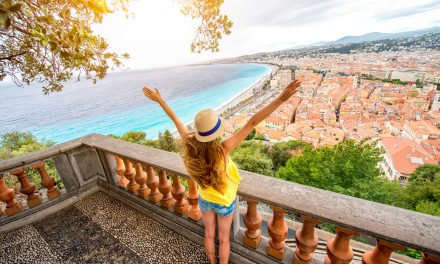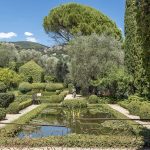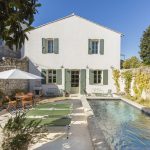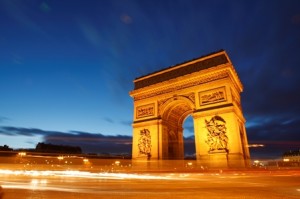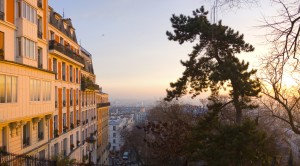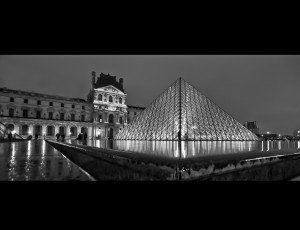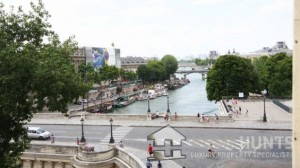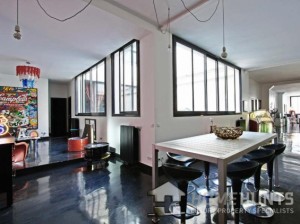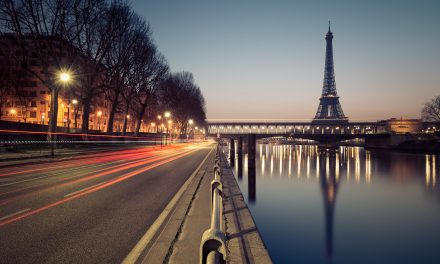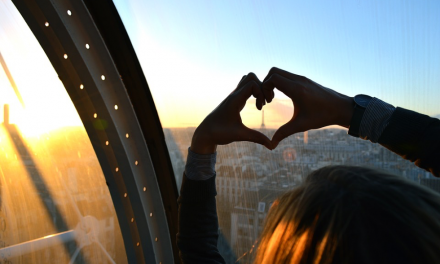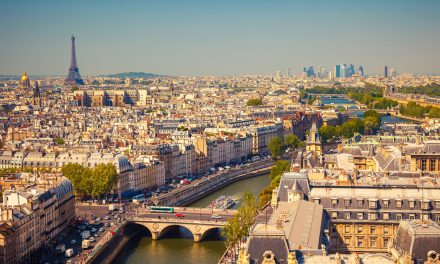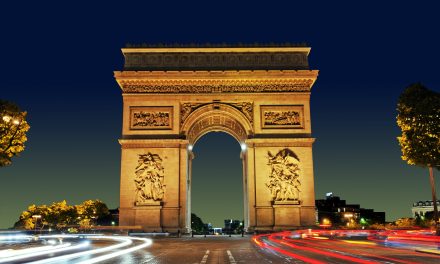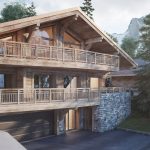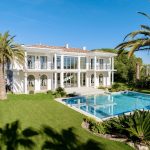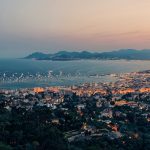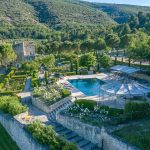
Why Paris is Lonely Planet’s Number One City…..
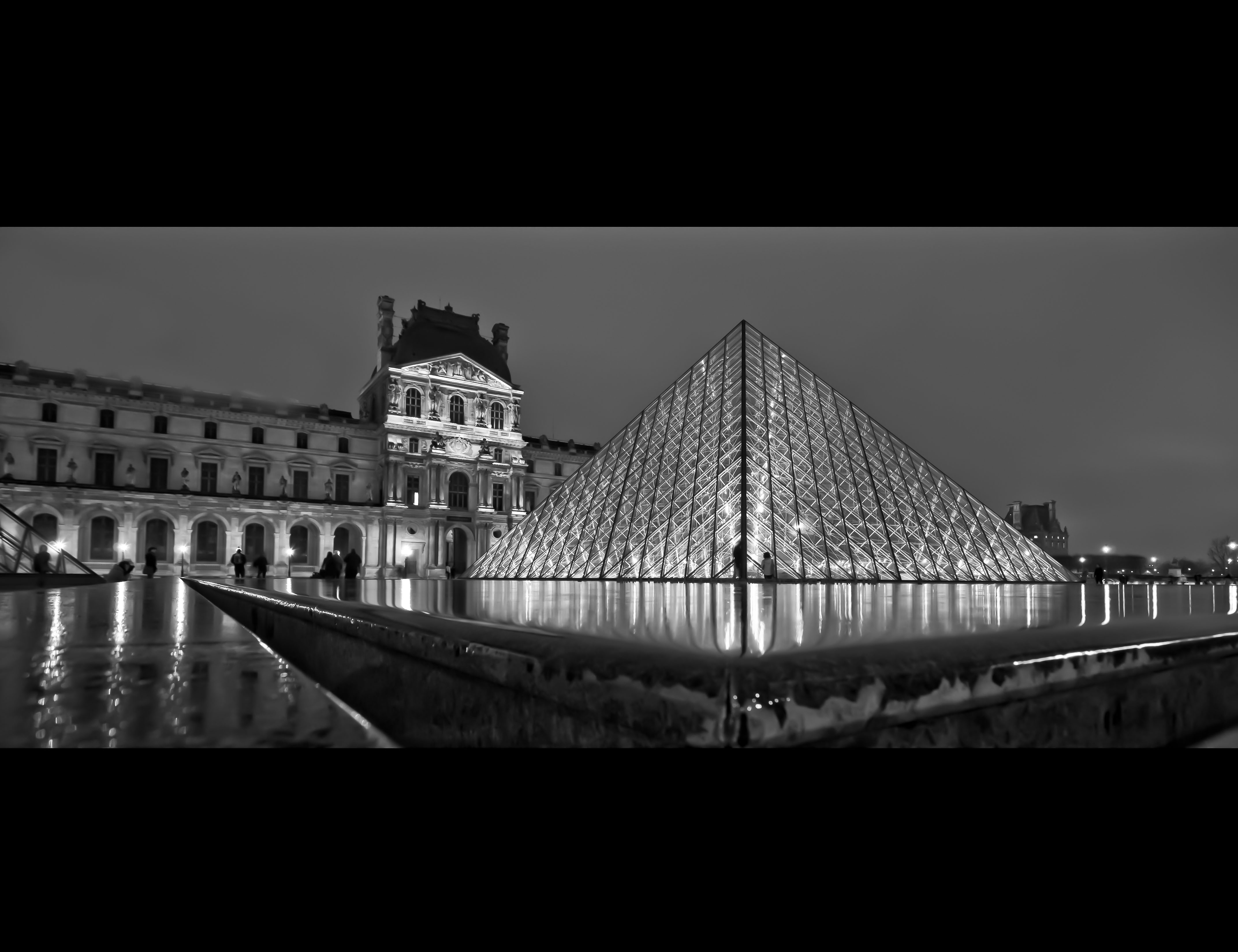
This week Lonely Planet made Paris the number one city for its “urban renaissance”, as part of the guide’s “Best in Travel 2014” contest. From the development of the capital’s right and left banks to the new floating gardens across five differently-themed islands, Paris now, more than ever, can offer all the benefits of a thriving capital city, with new, improved pockets of congestion-free beauty, culture and calm.
Lonely Planet gave many reasons as to why the city came first and here are some of them. One of the guide’s favourite changes is that the “1.5km former expressway on the Seine’s Right Bank” now has “walkways and cycle paths”.
Having also introduced short-term bike and car hire across the city, Bertrand Delanoë, Paris’s mayor, fought long and hard for a €40 million project that would see the end of the two-lane road along the Seine’s Right Bank. The popular Paris Plage was also introduced by Delanoë back in 2002, following his election in 2001. Each summer for one month, cars (of which there were around 2,000 per hour during rush hour) have been banned from using the expressway so people could enjoy the city’s sun on sandy beaches and riverside deck chairs.
Along the left bank, from the Pont Royal to the Pont d’Alma, another temporary beach and new restaurant – En Attendant Rosa – is being introduced. The latter is inspired by the idea of a popular waterside café, like those lively venues from the early 1920s. But what Lonely Planet particularly highlighted are the new floating gardens known as Archipel (or the Archipelago). These are accessible from the Port du Gros Caillou and consist of five interconnected islands (including an orchid island and a prairie island).
The Louvre’s “gold flying carpet roof” was another highpoint of the renewed Paris for Lonely Planet. Made from 9,000 steel tubes and weighing 150 tonnes, the golden roof appears to float in the south wing of the Louvre covering an area designed to showcase Islamic art. Architects Mario Bellini and Rudy Ricciotti are the architects behind this $125 million project.
Notre Dame’s nine new bells “replicating original medieval chimes” was another development that the guide approved of. Eight have been cast by the Cornille Havard Bell Foundry in Normandy, and the ninth “great” bell was made by the Royal Eijsbouts Bell Foundry in the Netherlands. They rang for the first time on Palm Sunday, on 23 March 2013.
Living in the centre of Paris means all these new urban treasures are accessible on a day-to-day basis. Whether Paris Plage, the Louvre or the Left Bank, for trying new hangouts and floating gardens, Paris is more focused than ever before on providing unique, life-affirming spaces for residents and visitors to enjoy.
With beautiful views of the Seine and Pont Neuf, properties like this sophisticated studio flat (HH-7074865), which is located in a stunning 17th century building, are hard to find. Containing many original features – such as the fireplace and high ceilings – it offers a large lounge, kitchenette and shower room across the entire third floor of the building. The apartment is priced at €1,035,000.
A different proposition altogether, this €3 million, three-bedroom loft-style Paris apartment is located between the Louvre and the Jardins des Halles. Offering a beautiful balance between the building’s original features, such as exposed beams, and modern additions, such as waxed floors, the interior of this property must be seen to be truly appreciated.
More details about these properties – and others in the area – can be found at www.home-hunts.com, but to enquire about viewings contact Home Hunts’ French office directly on +33 (0)970 44 66 43


